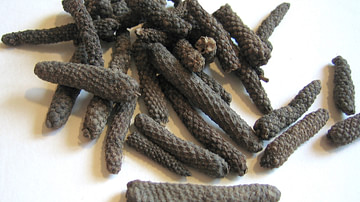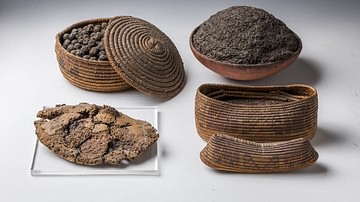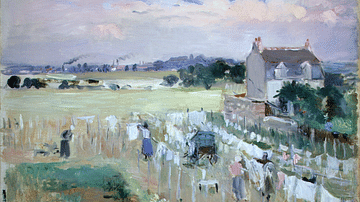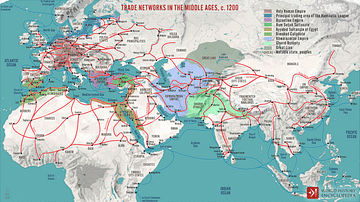Search
Remove Ads
Advertisement
Summary 
Loading AI-generated summary based on World History Encyclopedia articles ...
Search Results

Article
The Spice Trade & the Age of Exploration
One of the major motivating factors in the European Age of Exploration was the search for direct access to the highly lucrative Eastern spice trade. In the 15th century, spices came to Europe via the Middle East land and sea routes, and spices...

Definition
Dutch East India Company
The Dutch East India Company (VOC) was formed in 1602 by the Staten-Generaal (States General) of the then Republic of the Seven United Netherlands. The company was granted a 21-year charter with rights to trade exclusively in Asia and to...

Article
Middle Eastern Power Shifts & the Trade of Pepper from East to West
Pepper has long been the king of spices and for almost 2,000 years dominated world trade. Originating in India, it was known in Greece by the 4th century BCE and was an integral part of the Roman diet by 30 BCE. It remained a force in Europe...

Image
Preserved Baskets of Spices, Ancient Egypt
Baskets of spices and condiments, including tarragon, cumin and lard, from the tomb of Kha, Deir el-Medina, Egypt, c. 1425-1353 BCE.
Museo Egizio, Turin.

Video
Spices and the Age of Discovery
The Age of Discovery, when European explorers uncovered whole new worlds, is well known, but what prompted this unprecedented push into the unknown? This animated video explores how spices provided the initial impetus for exploration and...

Image
Hanging the Laundry out to Dry by Morisot
An 1875 oil on canvas painting, Hanging the Laundry out to Dry, by Berthe Morisot (1841-95), the French impressionist painter. Painted in Gennevilliers, an outer suburb of Paris where new housing had recently been built. The painting is a...

Article
Global Trade in the 13th Century
In the 13th century, astonishing quantities of spices and silk passed from the Far East to Europe. Exact amounts are not known, but spice popularity in both cuisine and medicine reached its historical peak during the Middle Ages in Europe...

Article
The Early History of Clove, Nutmeg, & Mace
The spices clove, nutmeg, and mace originated on only a handful of tiny islands in the Indonesian archipelago but came to have a dramatic, far-reaching impact on world trade. In antiquity, they became popular in the medicines of India and...

Article
Trade Goods of the East India Company
The English East India Company (EIC) was founded in 1600, and it came to control both trade and territories in India, as well as a trade monopoly with China. Goods the EIC traded included spices, cotton cloth, tea, and opium, all in such...

Image
Burnt-out Hamburg Buildings, Operation Gomorrah
A photograph of burnt-out residential buildings in Hamburg following the firestorm created by the RAF bombing campaign Operation Gomorrah of July 1943. (Imperial War Museums Collection)